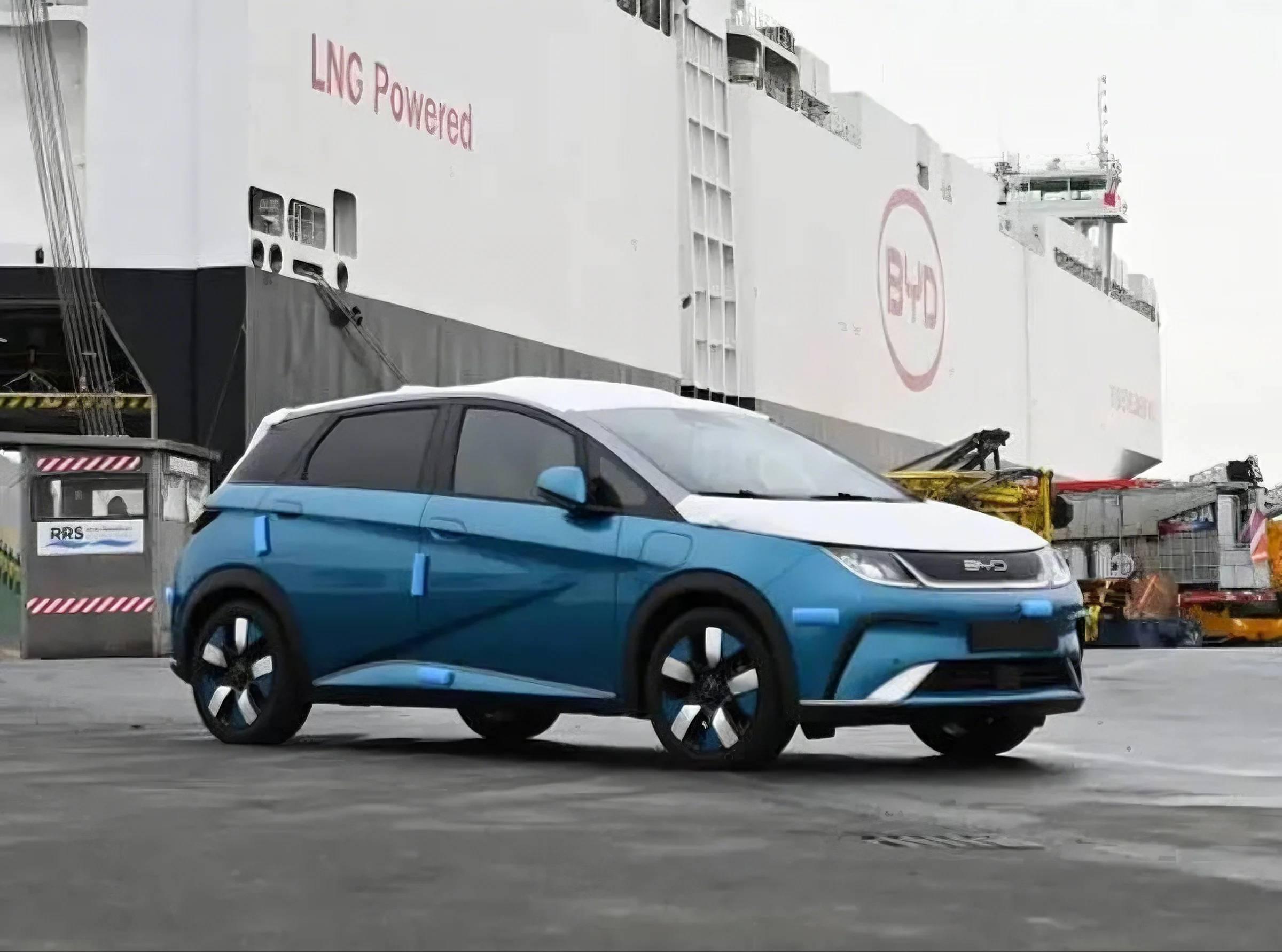A Comparative Analysis: Chinese Electric SUVs vs. European Counterparts in 2025
As Europe's electric vehicle (EV) market continues to evolve, Chinese electric SUVs are increasingly making their presence felt alongside established European brands. This analysis delves into the key differences and similarities between Chinese and European electric SUVs in 2025, focusing on pricing, technology, performance, and market dynamics.
Market Dynamics: Chinese Brands Gaining Traction
Chinese automakers have been steadily increasing their footprint in the European EV market. In the UK, Chinese brands like Jaecoo and Omoda, both under Chery, surpassed Tesla in sales in April 2025, with 1,053 and 910 units sold respectively, compared to Tesla's 512 units. BYD also saw a remarkable 650% increase in UK sales during the same period, reaching 2,511 units. In April 2025, Tesla's sales in Germany nearly halved, while BYD's sales soared more than eightfold to 1,566 units. Overall, Chinese-made EVs are projected to account for 25% of all EVs sold in the EU in 2024.

Pricing and Value Proposition
One of the most significant advantages of Chinese electric SUVs is their competitive pricing. On average, Chinese EVs are 28% cheaper than their European counterparts. For example, the BYD Dolphin is priced around €29,964, significantly lower than the European average of €45,999 for battery electric vehicles. This affordability, combined with a rich set of standard features, makes Chinese EVs an attractive option for budget-conscious consumers.

Technological Innovations
Chinese Electric SUVs:
-
Zeekr 7X: Equipped with a 16-inch infotainment screen, a 36-inch augmented reality head-up display, and advanced driver-assistance systems powered by twin Nvidia Orin X chips.
-
BYD Atto 3: Offers a 420 km range (WLTP) and a 5-star Euro NCAP rating.
European Electric SUVs:
-
Audi Q6 e-tron: Features 800-volt technology, a maximum charging capacity of 270 kW, and an AI-based Audi Assistant.
- Porsche Macan EV: Delivers up to 380 miles of range and fast charging capabilities (270kW, 10-80% in 21 minutes).
While both Chinese and European brands offer cutting-edge technology, Chinese manufacturers often provide these features at a more accessible price point.
Performance and Range
Chinese Electric SUVs:
-
Zeekr 7X: Boasts a range of up to 780 km (CLTC) and advanced off-road capabilities.
-
XPeng G6: Offers up to 755 km range (CLTC) and advanced driver-assistance features.

European Electric SUVs:
-
Volkswagen ID.4: Provides a WLTP range of up to 323 miles and has been a top seller in Europe.
- Volvo EX90: A full-size luxury SUV with a range of up to 375 miles (WLTP) and Level 3 autonomous capability.
European models often emphasize performance and luxury, while Chinese SUVs focus on delivering impressive range and value.
Consumer Preferences and Market Outlook
European consumers are increasingly open to Chinese electric SUVs, attracted by their affordability and feature-rich offerings. However, brand recognition and perceptions of quality remain challenges for Chinese manufacturers.
European brands continue to leverage their strong heritage and focus on premium segments. For instance, Ferrari has announced plans to unveil its first fully electric vehicle in 2026, signaling a commitment to electrification.
As the market evolves, competition between Chinese and European electric SUVs is expected to intensify, driving innovation and offering consumers a broader range of choices.
Conclusion
The European electric SUV market in 2025 is characterized by dynamic competition between Chinese and European manufacturers. Chinese brands are making significant inroads by offering affordable, technologically advanced vehicles, while European automakers continue to focus on performance, luxury, and brand prestige.
For consumers, this competition translates into more options and better value, heralding an exciting era for electric mobility in Europe.




Leave a comment
This site is protected by hCaptcha and the hCaptcha Privacy Policy and Terms of Service apply.